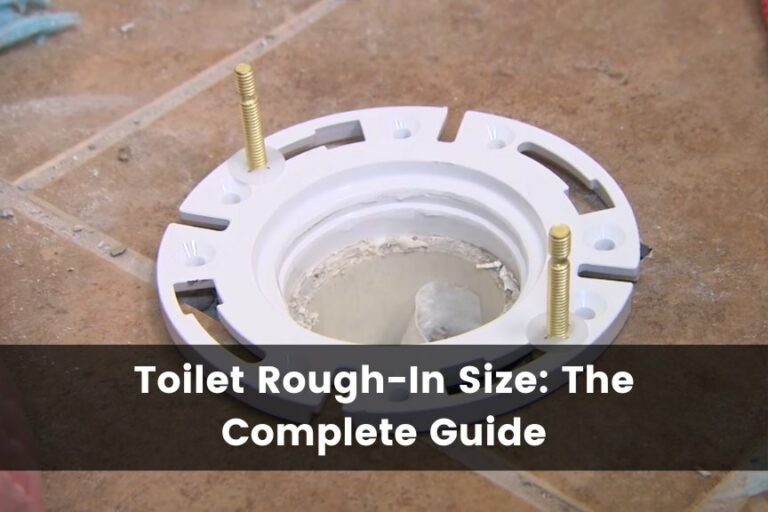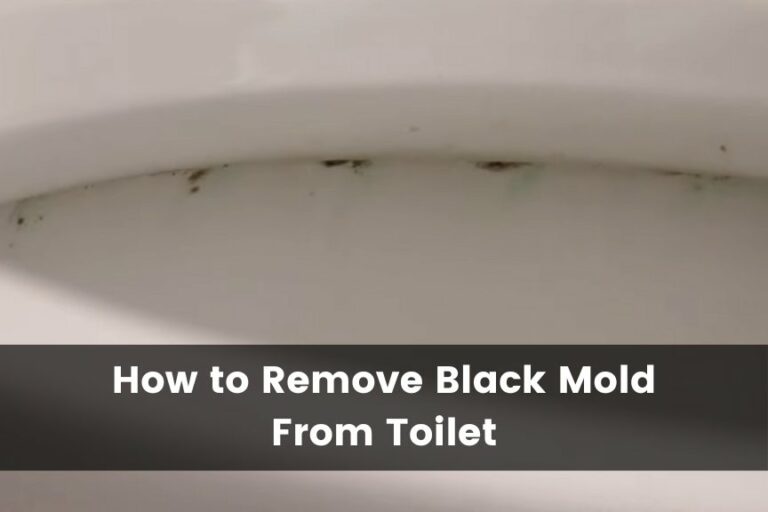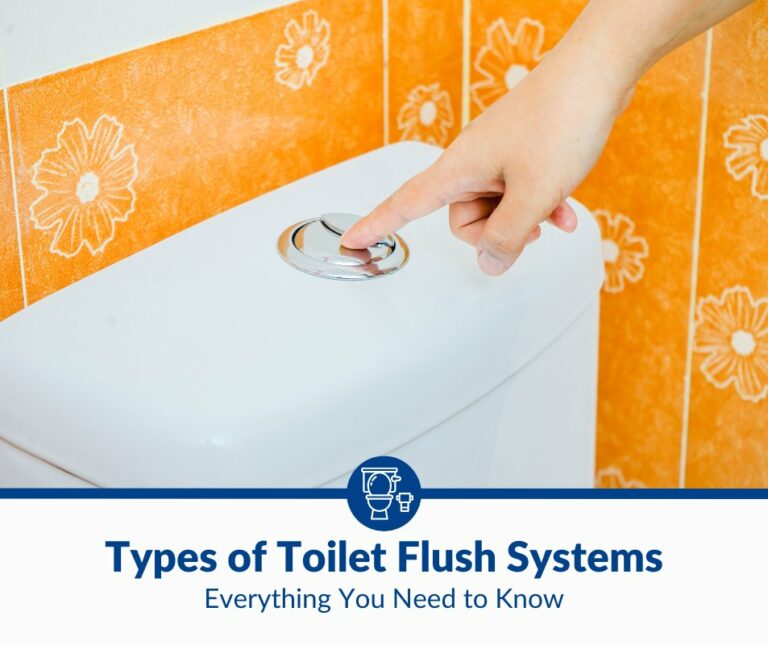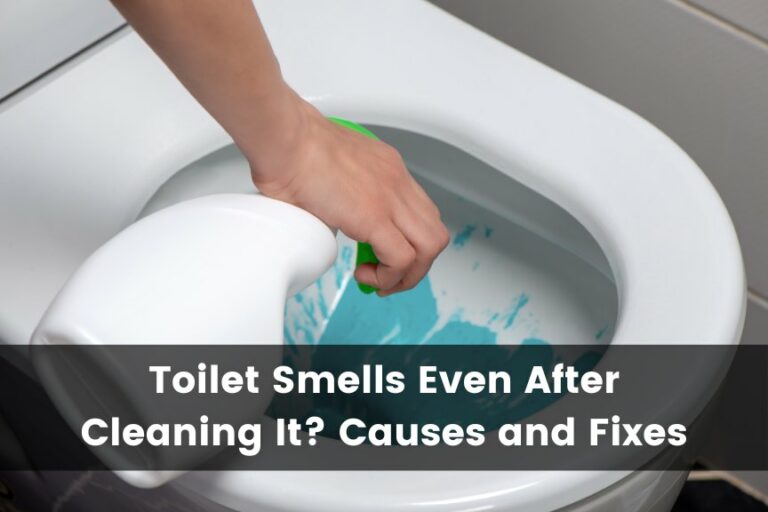Can You Flush Q Tips Down the Toilet?
Flushing used Q tips down the toilet sounds like an easy way to dispose of them. However, if you’ve dealt with a clogged toilet in the past, you know that even little things can cause serious plumbing problems. So, can you flush Q tips?
You can’t flush Q tips down the toilet because they’re made from materials that don’t disintegrate, like toilet paper, so they will clog up the plumbing system. Further, disposing of them this way contributes to environmental pollution. The proper way to dispose of them is in the sanitary bin.
Continue reading to discover why you shouldn’t flush Q tips down the toilet and what will happen if you do. I will also explain how to unclog a Q-tip-clogged toilet and the negative impacts of flushing Q-tips down the toilet, so read on!
Will Q Tips Clog the Toilet?
Q tips will clog the toilet because they are made from cotton and paper sticks (a mix of bonded paper and paper board). Cotton swabs, on the other hand, are made with plastic sticks.
When these materials get wet, they don’t break down and move through the sewer system easily, like toilet paper. Instead, they absorb water and expand.
Flushing one Q tip may not clog your toilet. However, the used Q tip may cause an eye sore because it will not sink immediately. There’s also the risk of obstructing the free flow of water and trapping shreds of toilet paper and other waste as they move through the plumbing system. This kind of trapping increases the likelihood of a clogged toilet.
Another way Q tips contribute to clogged toilets is by worsening existing blockages. If your toilet was already starting to get clogged, then Q tips will only make the situation worse.
Nonetheless, your toilet is more likely to clog up if you flush many Q tips. It may also happen if you flush one every other day, and they accumulate over time.
How Flushing Q Tips Down the Toilet Could Cost You Big
Fixing the occasional clogged toilet may cost you little. However, recurrent clogs often cause several secondary issues requiring costly repairs. Such issues include flooding (which may cause property damage) and broken pipes needing replacement.
So, while it may seem harmless to flush down Q tips, the potential ripple effects could cost you big. Apart from the financial cost, you will also have to deal with the unpleasant odors and sight of a clogged toilet.
How Flushing Q Tips Down the Toilet Affects Sewer Systems
If several people connected to the same sewer system flush Q tips down their toilets, it will cause clogs and pipe leaks. Such repairs are even more expensive and could result in increased sewer charges.
They could also worsen existing clogs and lead to problems such as backing up wastewater into your toilet bowl and flooding neighborhoods.
As mentioned earlier, one Q tip may not cause all this damage. However, when different households flush such items down the toilet, it becomes a substantial issue.
Does Flushing Q Tips Down the Toilet Lead to Environmental Pollution?
Flushing Q Tips may not contribute to environmental pollution. Q Tip manufacturers claim that these products are biodegradable when composted. Therefore, they will eventually disintegrate if released in the ocean and will not harm marine life.
However, research shows that poor disposal of cotton swabs contributes to sewage-related debris in the ocean. The danger with these is that they have plastic sticks, which are non-biodegradable. When released into water bodies, they harm aquatic life in several ways.
The Proper Way To Dispose of Used Q Tips
The best way to dispose of Q Tips is to throw them in a sanitary bin. Doing this separates them from the rest of your regular garbage, ensuring it is handled properly afterward.
I recommend keeping a bathroom bin in a conspicuous spot around your bathroom so everyone can easily access it. You can also add a label listing all the items it should be used for.
Since many Q tips are compostable, consider adding them to your compost pile. Composting your Q tips reduces the amount of organic waste that would otherwise end up in landfills.
How Can You Tell If Q Tips Have Clogged Your Toilet?
Here are some indicators that Q tips have clogged up your toilet.
- Slow drainage after flushing
- A foul smell from the toilet drain
- Leaking toilet pipes
- A gurgling noise after flushing
- Higher than usual water level after flushing
How To Fix a Toilet Clogged by Q Tips
If you suspect that Q Tips clogged your toilet, here is a short guide to help you fix it. If these methods don’t work, head over to this article, where I’ve explained ten different ways you can try to unclog a toilet when nothing works.
The Good Old Toilet Plunger
A toilet plunger effectively removes items that have clogged the toilet trap part of your toilet. It is most people’s go-to when trying to unclog a toilet. Here’s a guide for using a plunger to remove Q tips stuck in the toilet trap or drain.
- Wear a pair of gloves to protect your hands from toxic toilet germs. I advise using a face shield to protect your face from water splatter.
- Ascertain whether the water level in the toilet bowl is enough to cover the plunger cup, and add if needed.
- Insert the plunger so that it covers the center of the bowl and creates a neat seal.
- Push and pull vigorously to create powerful suction and pressure to dislodge the obstruction.
- Remove the plunger quickly to create more suction, then flush the toilet.
- If the toilet is still draining slowly, repeat this process as often as needed, ensuring sufficient water level.
- Clean and disinfect the plunger and toilet bowl.
Use a Toilet Snake
A toilet snake will help remove all the gunk and grime clogging up the drainage pipe of your toilet, including Q tips. It works especially well for removing clogs that are far down the drain. If you’ve never used one before, you need not worry because it’s not a complex tool.
- Wear gloves to keep your hands safe from toilet germs.
- Slowly insert the toilet snake into the drain while rotating it clockwise to allow smooth movement.
- When you feel resistance, it indicates an obstruction or clogs.
- Keep rotating slowly to dislodge or pull out the gunk (you may need to repeat this many times).
- Dispose of the gunk in a double plastic bag to prevent contamination from spreading. You may then throw it out with the rest of your garbage.
- Clean the toilet snake thoroughly with a disinfectant.
When using a toilet snake inside the toilet drain, be very gentle because forceful movements can damage the plumbing and result in many issues requiring costly repairs.
Toilet Auger
A toilet auger works a lot like a toilet snake. However, it works better when there’s a denser clog. Unlike the snake, it is also less likely to damage the toilet plumbing because it doesn’t have curved ends. For more detailed information, I recommend this article comparing toilet augers and snakes and the best time to use either.
Here’s how you can use it to dislodge a Q-tip toilet clog.
- As always, wear gloves to shield your hands from dirty toilet water.
- Insert the curved end of your auger into the toilet drain.
- Crank the handle to move the auger further into the drain.
- Push the auger back and forth with some force when you feel pushback, as this indicates that you’ve reached the clog.
- Repeat this as often as needed until there’s no resistance.
- When you no longer feel resistance, the clogs have been dislodged.
- Flush the toilet, then disinfect the auger.
Call a Trusted Plumber
Calling an expert in this situation is the simplest and safest solution. It will save you the trouble of unclogging the toilet, which can be messy.
Although it’ll cost you a neat sum, you’ll save time and effort on other things. The plumber will also diagnose your toilet for any other issues that may have gone unnoticed and help you mitigate them before they worsen.
What Else Shouldn’t Go Down the Toilet?
If you want to avoid clogging your toilet, there are only three things (excluding toilet water) you should allow down there. They include the following (commonly called the 3 P’s):
- Pee
- Poop
- Toilet Paper
Anything else you flush down a toilet could cause a blockage or more serious issues. The list of non-flushable items also includes flushable wipes, which unfortunately don’t always live up to their name.
Final Thoughts
Flushing Q tips down the toilet is a bad idea. They may seem small and harmless, but they could lead to clogs and other secondary plumbing issues because toilets and sewer systems are only designed to take pee, poop, and toilet paper.
The best way to handle used Q tips is to throw them in a bathroom bin or with the rest of the garbage. Because many of these Q Tips are compostable, you can also throw them in a compost bin and reuse them to reduce waste.







